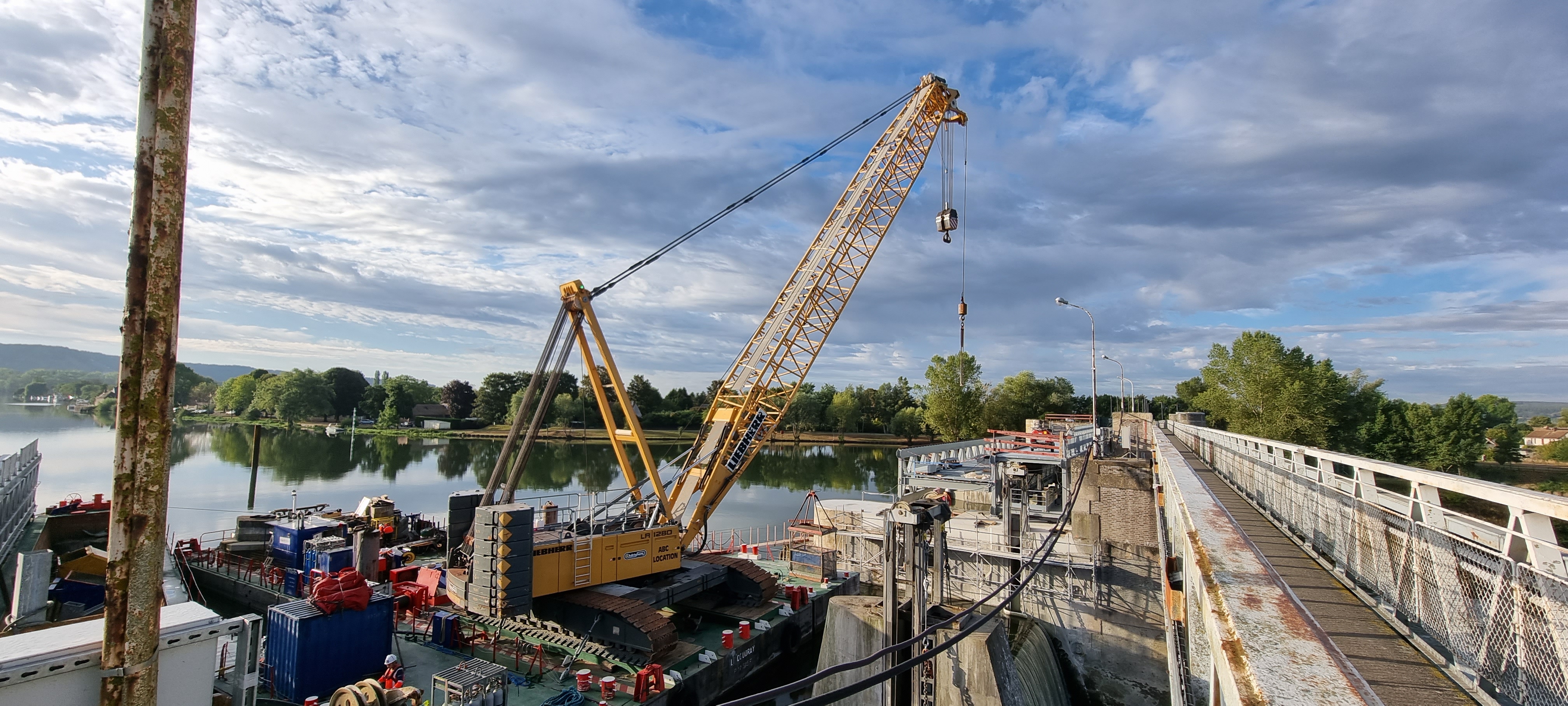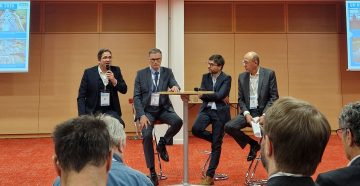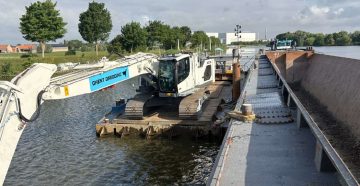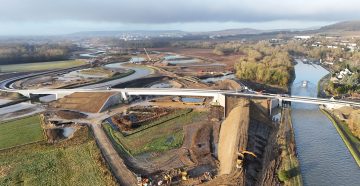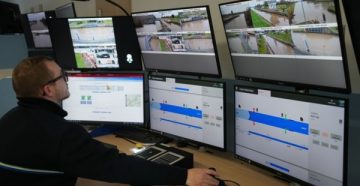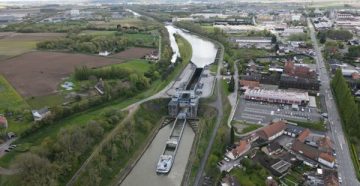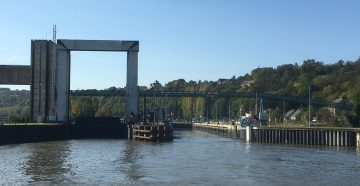Built in the 1880s, this navigation dam located in the Eure (Normandy) is the largest on the Seine. The 210-metre-long structure (300 metres from bank to bank, including the two locks that allow 8,000 boats a year to pass through) ensures that a regular water level is maintained upstream, over a distance of 40 km, as far as the Port-Mort dam. It also satisfies other needs, such as drinking water, cooling of industrial installations, irrigation and support of the water table.
Since 2020, this dam has been undergoing a major renovation of its civil engineering and equipment, in order to guarantee its durability and to make its operation more reliable, which is essential both for navigation on the downstream Seine and for the environmental ecosystem of the river and its banks.
Worth a total of 39.2 million euros (studies and works), this operation is under the control of Voies Navigables de France (VNF), who is partner of the EEIG Seine-Scheldt. It is co-financed by Europe (40%) as part of the Seine-Scheldt network project, the French State/VNF (33%) and the Normandy Region (27%).
Dredging operations began in the summer of 2020 to clean the river bed immediately downstream of the dam, followed by the installation of riprap made of pink limestone blocks weighing up to 7 tonnes. VNF also plans to reinforce the foundations of the structure and to replace the entire footbridge that supports the equipment needed to operate and maintain the dam. This 210-metre long bridge, built in one piece on three levels, is being replaced progressively by a set of 30-metre long metal elements. The third section of the bridge will be installed in mid-September 2022. Finally, the work will be completed with the replacement of the dam’s automatic management and supervision systems, which are used to regulate its operation.
The completion of the Poses dam is scheduled for October 2025. The operation will last for five years, from April to October, as the work on the Seine cannot be carried out during high-water periods, for safety reasons.
